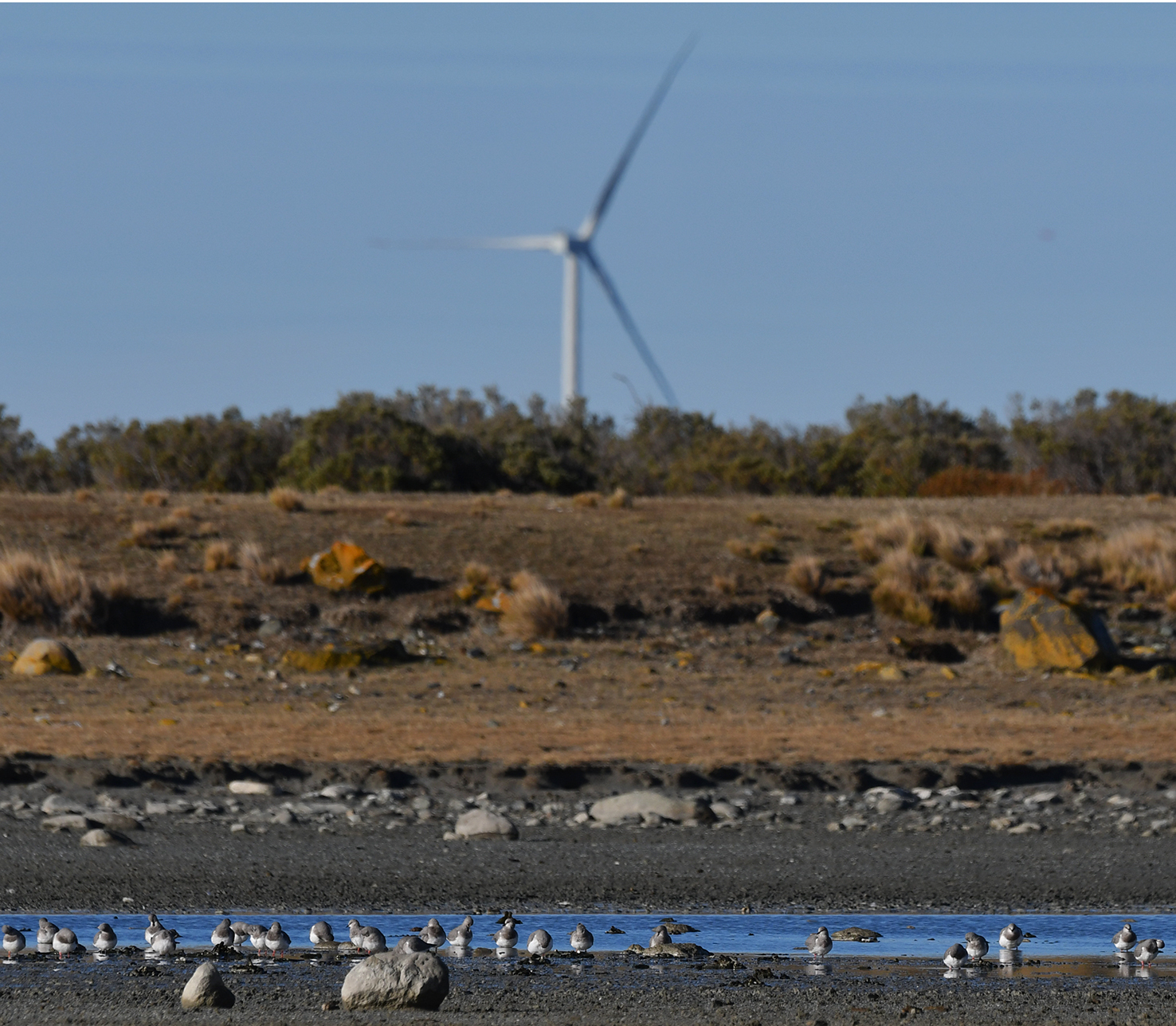Andrea Ferreira
Digital Communications and Outreach Specialist
As the Magallanes region in southern Chile emerges as a global hotspot for green hydrogen development, a coalition of scientists and conservationists, led by Manomet Conservation Sciences, is working to ensure that the growth in renewable energy doesn’t come at the cost of wildlife.
Fueled by powerful winds and vast open landscapes, southern Chile is poised to become a major producer of hydrogen generated through wind energy. However, this rapid expansion is raising concerns among biodiversity experts as the region is home to critical habitats for migratory and resident bird species, including the endangered Magellanic Plover and the Ruddy-headed Goose. Without careful planning, the proliferation of wind turbines, desalination plants, transmission lines, and megaports could fragment habitats and threaten species that rely on these ecosystems to survive.
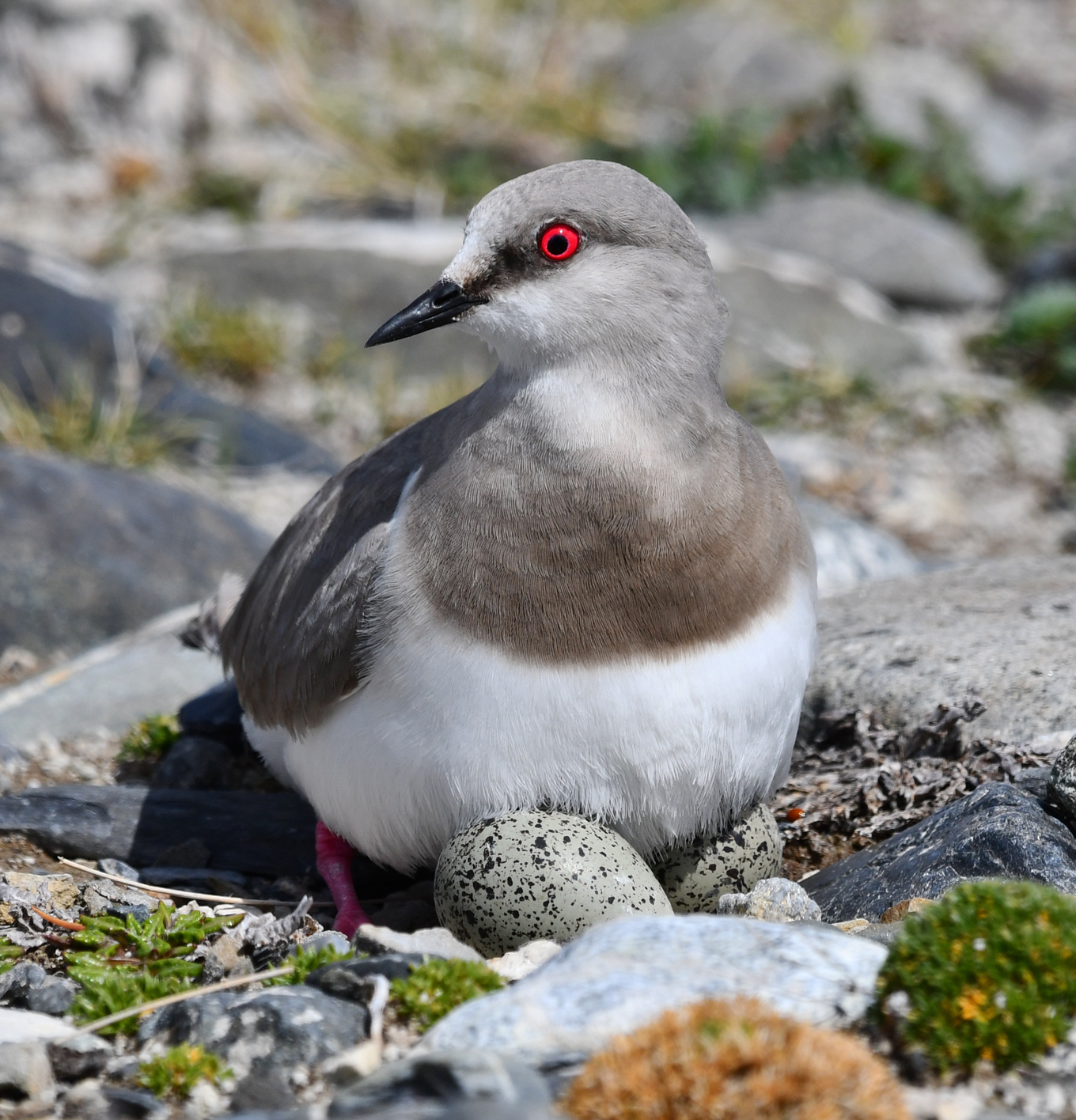
“We need tools that allow for smart development, choosing sites that are compatible with both energy production and ecosystem health” said Diego Luna Quevedo, Specialist in Policy and Governance at Manomet Conservation Sciences. .“There is currently no framework to guide the infrastructure build-out in a way that minimizes biodiversity impacts,”
Bahía Lomas, a Western Hemisphere Shorebird Reserve Network Site of Hemispheric Importance, is in this region and potentially threatened by this hydrogen expansion. Located in Tierra del Fuego, Bahia Lomas stands out for its vast intertidal flats, which stretch for several kilometers and are the most extensive in the country. The bay is the most important wintering area in all of South America for the rufa Red Knot, listed as Threatened under the US Endangered Species Act. It is also the second most important wintering site for the Hudsonian Godwit and serves as a key post-breeding concentration site for Magellanic Plover, listed as Vulnerable on the IUCN Red List of Threatened Species, supporting a significant portion of the currently known population.
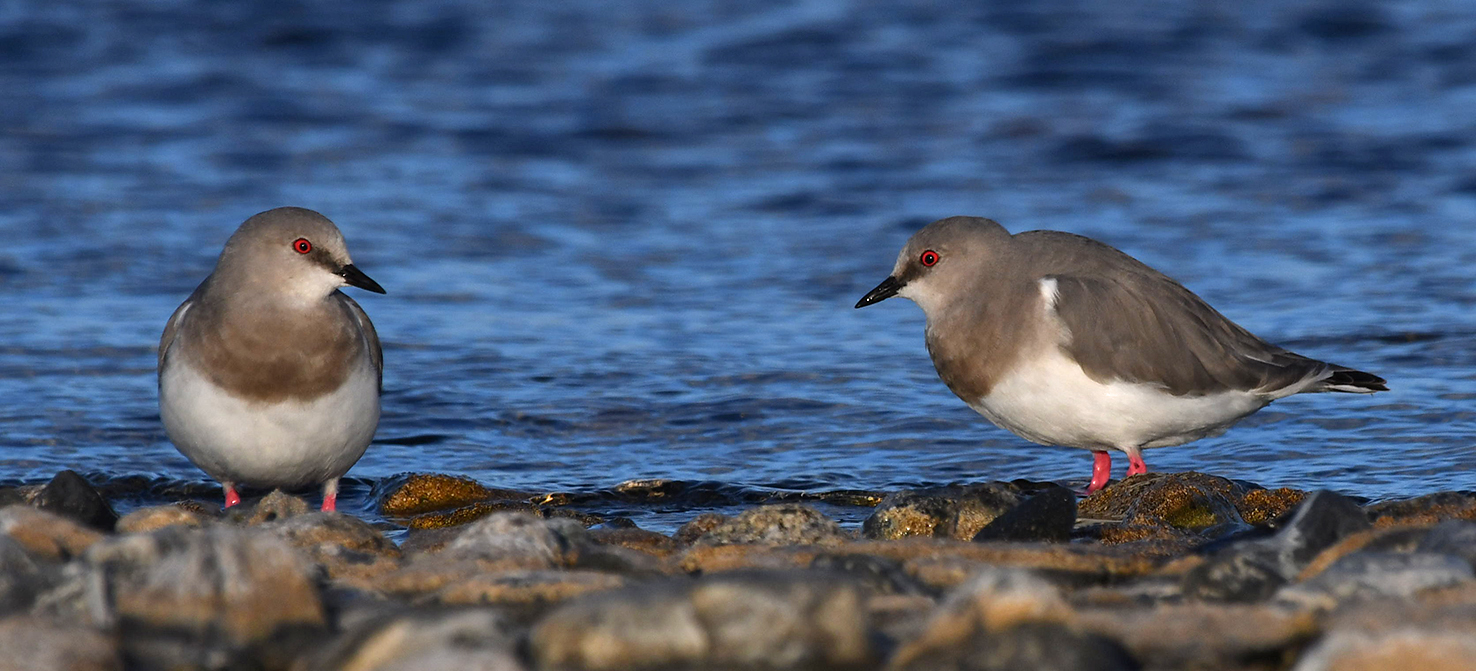
In response to the threat of large-scale hydrogen, Manomet has convened a team of experts from the Centro Bahía Lomas (Universidad Santo Tomás), the Chilean Bird and Wildlife Observers Network (ROC), and the Leñadura Bird Rehabilitation Center to propose the creation of avian corridors and exclusion zones that would safeguard key areas used by shorebirds for feeding, breeding, and migration.
The team has already submitted science-based recommendations to Chile’s Ministry of the Environment and reviewed five proposed energy projects through the national Environmental Impact Assessment System. Among their proposals is to designate 100% of public lands in the region as conservation corridors, along with the need for additional private lands to be voluntarily contributed by developers as compensation.
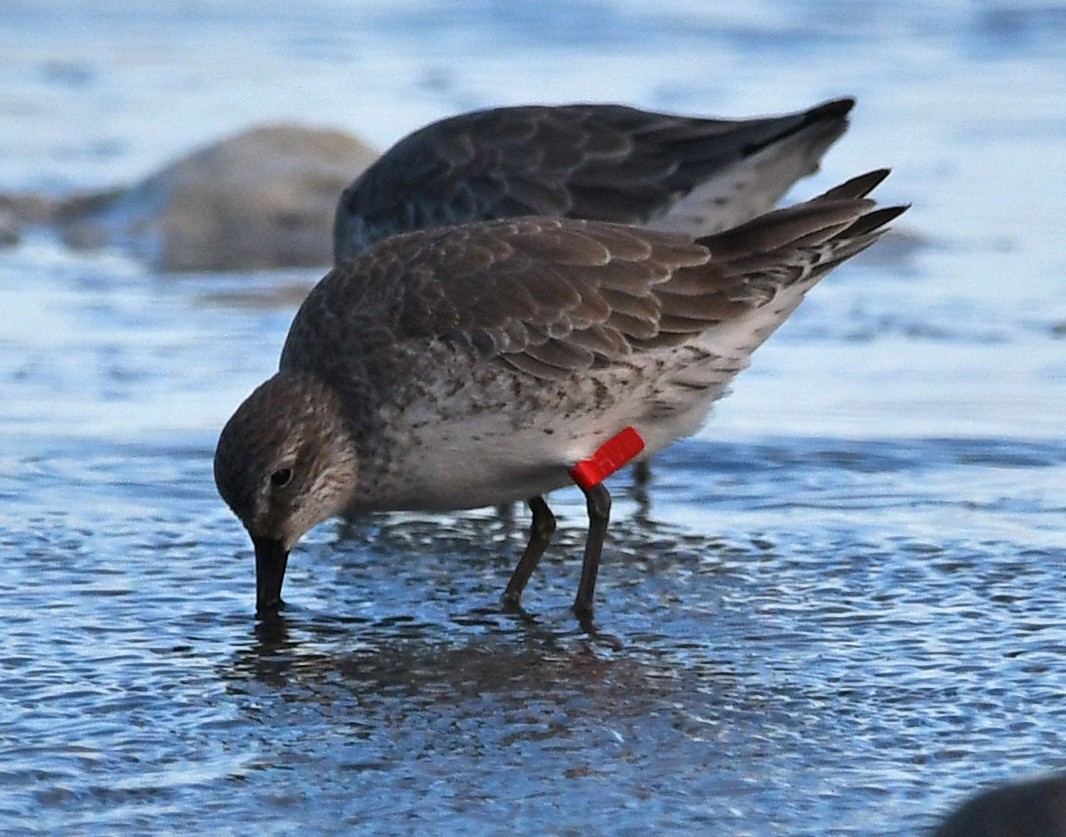
“These aren’t just isolated wind farms,” said Carmen Espoz, Dean of the Faculty of Sciences at Universidad Santo Tomás and Director of Centro Bahía Lomas. “What’s being proposed is a large-scale industrial transformation of the landscape. Without a strong environmental framework, the risk to migratory birds is significant.”
The Chilean government has acknowledged the challenge and is working with stakeholders, including environmental NGOs, energy companies, and regional authorities, to develop a voluntary, consensus-based plan to guide the hydrogen development while considering critical biodiversity needs.
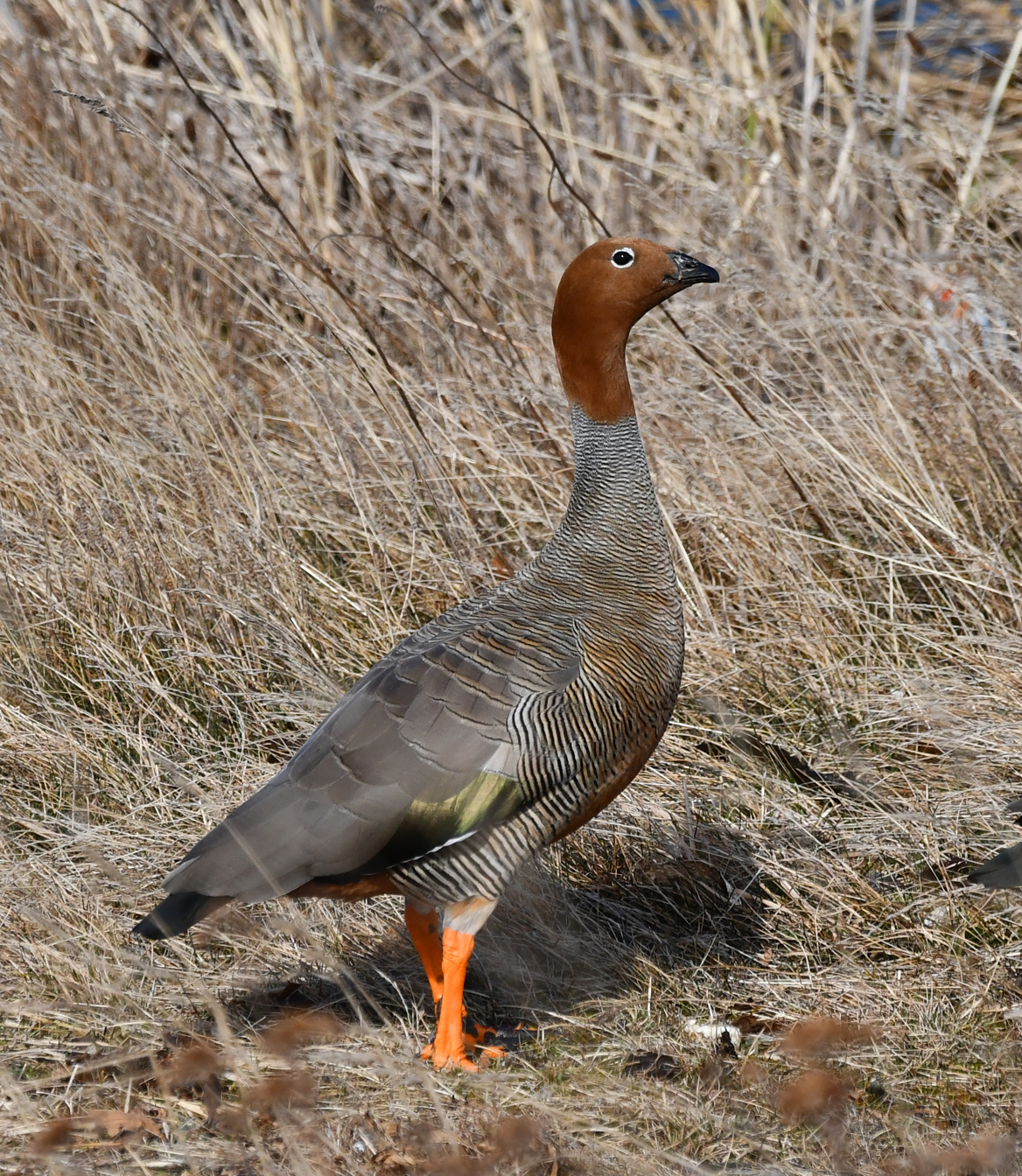
Manomet’s leadership in this initiative reflects its broader mission to build hemispheric conservation solutions for shorebirds and the people who depend on healthy coastal ecosystems. As renewable energy expands across the Americas, Manomet continues to advocate for models that protect biodiversity alongside climate change.
“This is not just a regional issue,” said Luna Quevedo. “The birds that rely on Magallanes connect us across the Americas. Protecting their routes and habitats here safeguards a shared natural heritage that spans the entire hemisphere.”


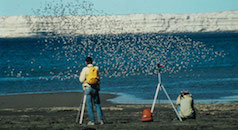

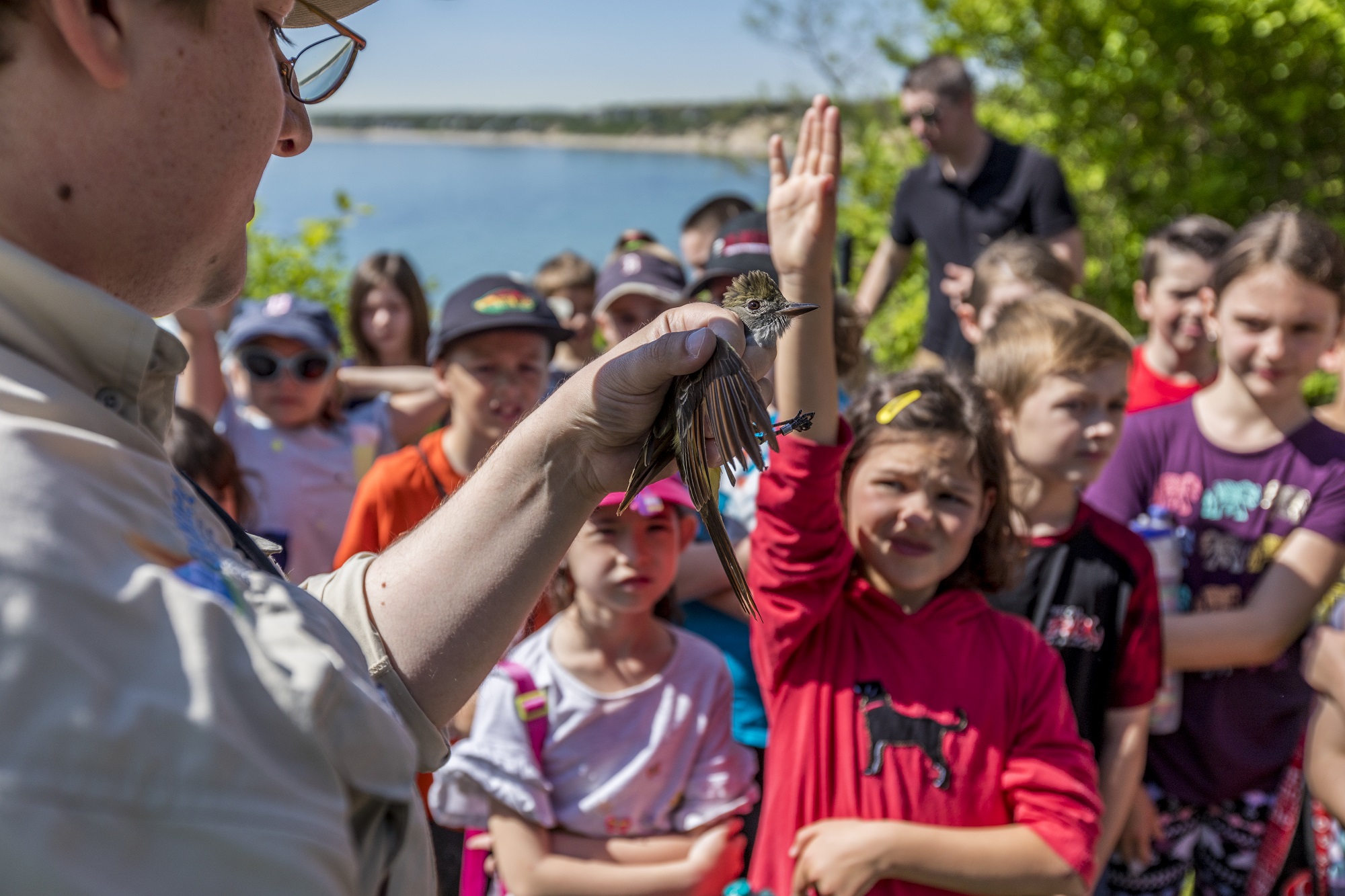
 Back to all
Back to all